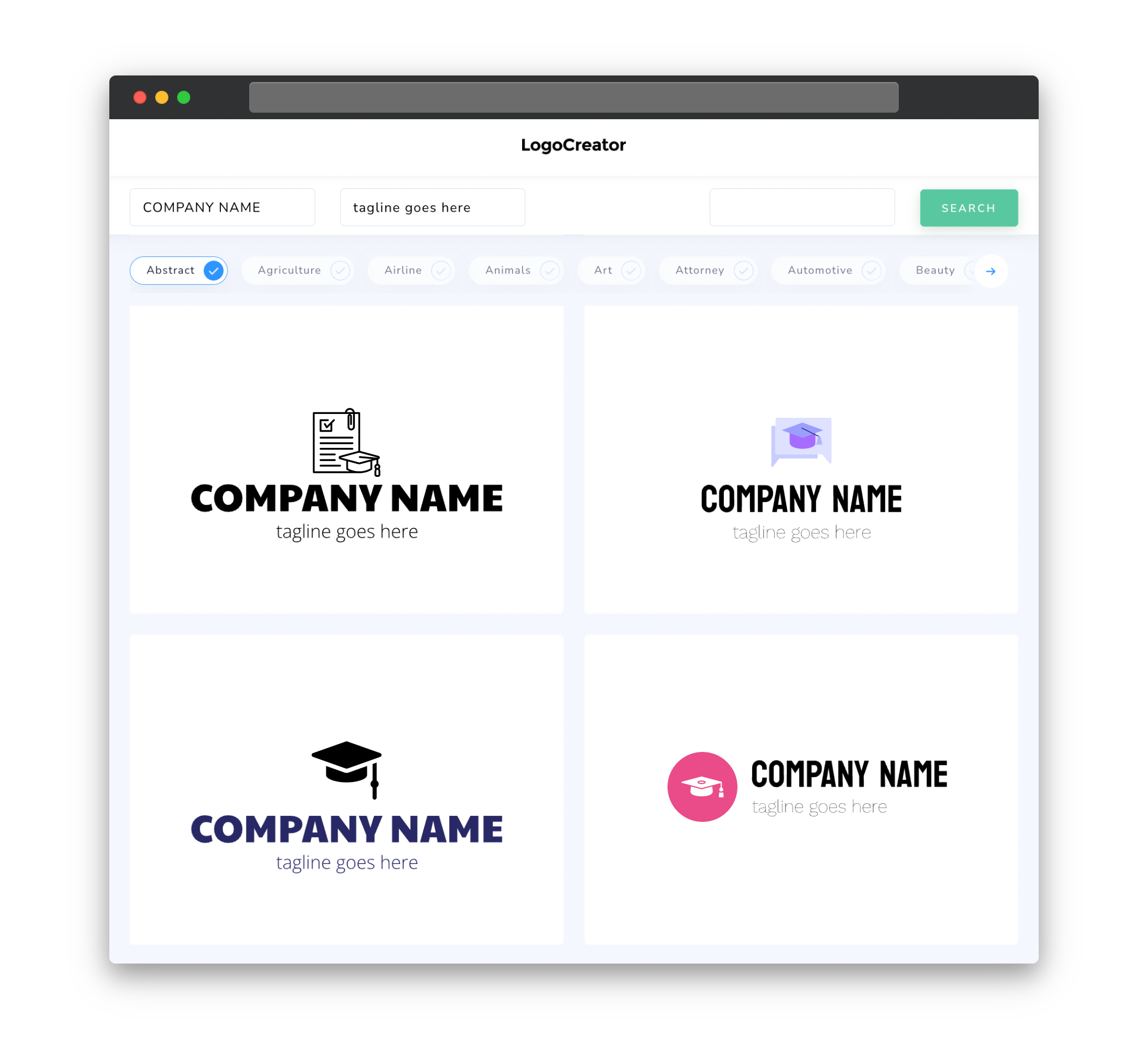Audience
When it comes to academic logos, it’s important to consider your target audience. Academic institutions, such as universities, colleges, and educational organizations, often have a specific target audience, whether it’s prospective students, faculty members, or research partners. Understanding your audience is key in designing a logo that resonates with them. For instance, if your target audience is prospective students, you may want to consider using symbols that represent growth, learning, and achievement. On the other hand, if your audience is more focused on research and innovation, incorporating scientific or technological elements in your logo can be effective.
Icons
Icons play a crucial role in academic logos as they are often used to symbolize the values, mission, and achievements of an educational institution. When choosing icons for your academic logo, it’s important to select images that are both relevant and visually appealing. For example, you might consider using an image of a graduation cap to signify academic achievement, or a globe to represent a global perspective. Icons can also be used to represent specific departments or fields of study within an academic institution. For instance, a microscope can symbolize a biology department, while a palette and paintbrush can represent an art program.
Color
Color is a powerful tool that can evoke certain emotions and convey specific messages in logo design. When designing an academic logo, it’s important to choose colors that align with the institution’s values and identity. For instance, a university logo may opt for a combination of blue and gold, symbolizing knowledge, trust, and excellence. On the other hand, a college logo may choose vibrant colors to represent energy and creativity. It’s also important to consider the psychological associations different colors have. For example, green is often associated with growth and freshness, while red can represent passion and urgency. Ultimately, the colors chosen for an academic logo should reflect the image and character of the institution it represents.
Fonts
Fonts play a significant role in academic logo design as they contribute to the overall aesthetic and convey the institution’s personality. When selecting fonts for an academic logo, it’s important to find a balance between readability and style. Traditionally, serif fonts are often preferred for academic logos as they can convey a sense of tradition, professionalism, and reliability. However, this doesn’t mean that sans-serif fonts should be excluded. Sans-serif fonts can add a modern and clean touch to the logo, which may be suitable for contemporary academic institutions or those with a focus on technology and innovation. Ultimately, the chosen fonts should be legible at different sizes and reflect the institution’s brand identity.
Layout
The layout of an academic logo should be carefully considered to ensure it communicates the intended message effectively. The arrangement of elements within the logo, such as icons, text, and other graphical elements, will contribute to the overall visual impact. A symmetrical layout can create a sense of stability and order, while an asymmetrical layout can add a dynamic and eye-catching element. It’s important to find a layout that balances the various elements of the logo and creates a harmonious composition. The size, placement, and spacing of each element should be well thought out to ensure clarity and visual appeal.
Usage
An academic logo should be versatile and able to be used across various mediums and applications. Consider the different ways the logo will be used, such as on websites, stationary, signage, or merchandise. Ensure that the logo is scalable and can be reproduced effectively at different sizes. It’s also important to optimize the logo for digital use, ensuring it is responsive and looks good on screens of different sizes and resolutions. When using the logo in printed materials, consider how it will look in both color and grayscale formats. By considering the various usage scenarios, you can ensure that the academic logo remains impactful and consistent in its visual representation across different platforms.



